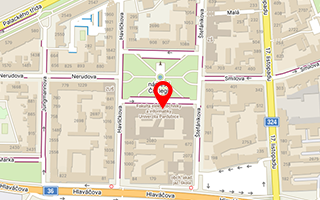Publikace detail
Introduction to GNSS-SIM Algorithms
Autoři:
Heckenbergerová Jana | Boháčová Hana
Rok:
2008
Druh publikace:
ostatní - článek ve sborníku
Název nakladatele:
Statistical Society of Slovenia
Místo vydání:
Ljubljana
Strana od-do:
52
